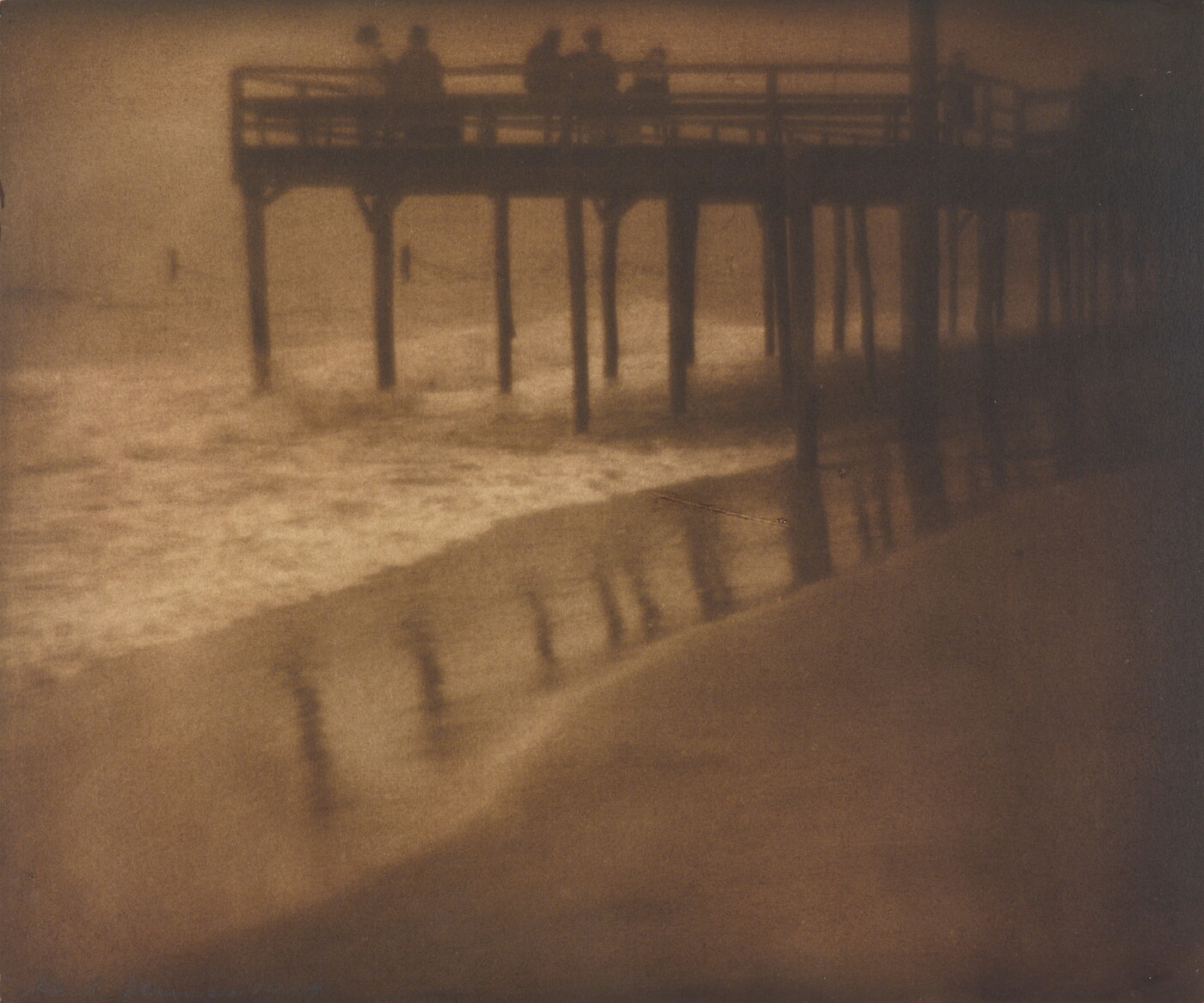
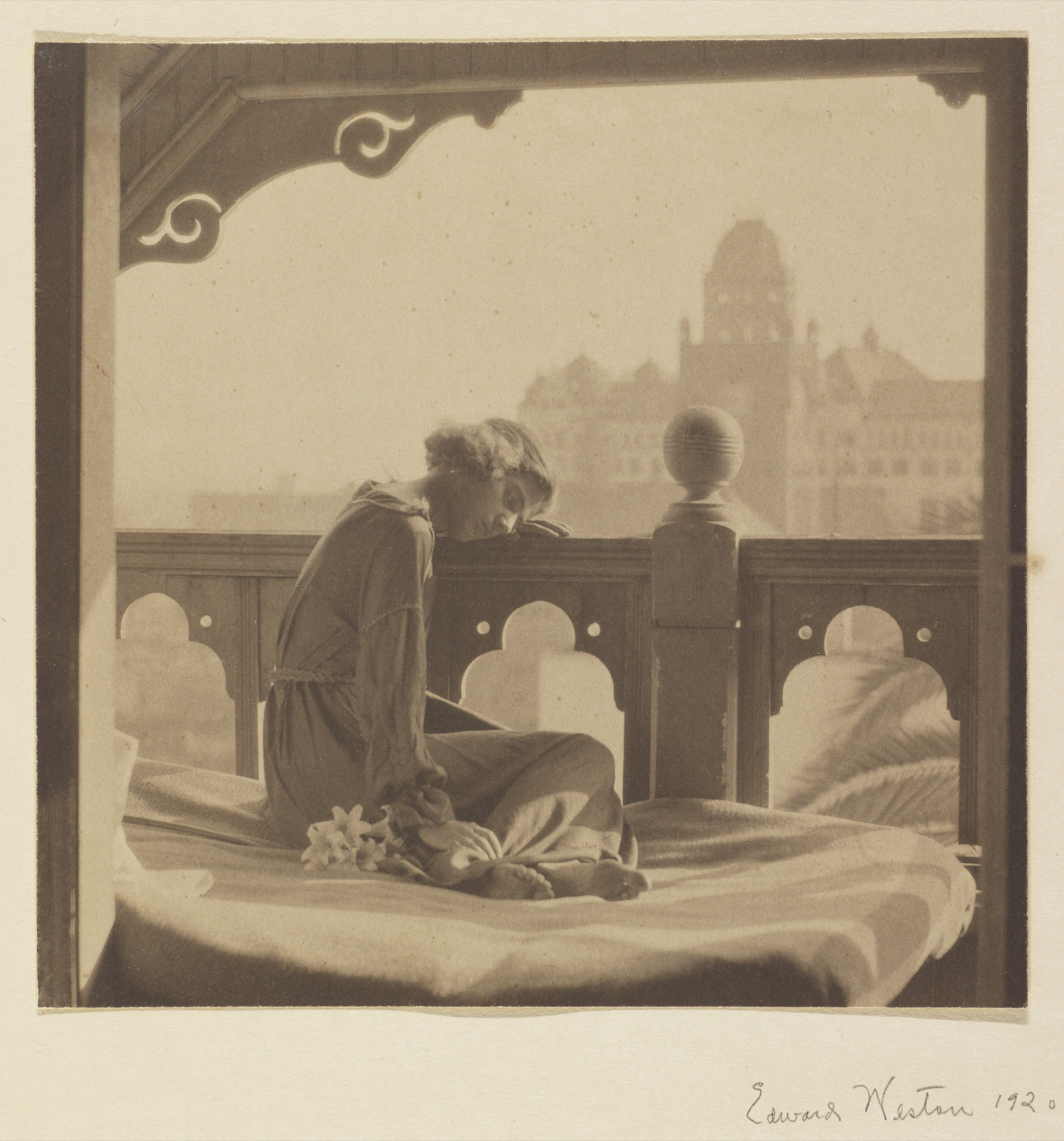
The woman pictured is Betty Katz (later Brandner, 1895-1982), who was introduced to Weston by his colleague Margrethe Mather (1886-1952). Weston and Katz engaged in a brief affair in October 1920, when he made several other images of her in her attic and this image—out on a balcony. This particular photograph is Pictorialist in its soft focus and compositional arrangement. However, the prominent attention given the repeating cut forms of the balustrade, the post’s round finial, and the varied angles that frame the image point to Weston’s growing interest in the formal concerns in Modernism.








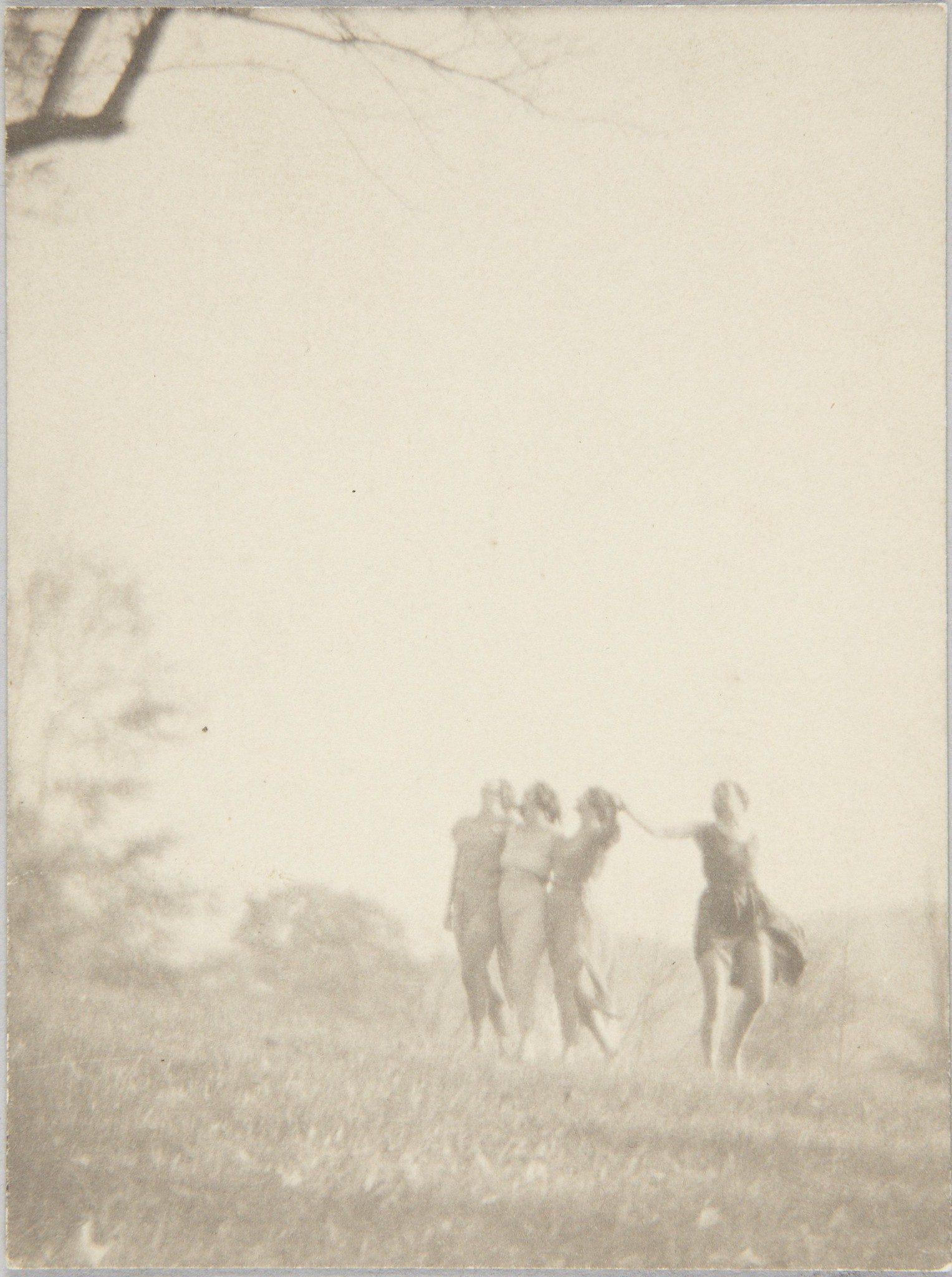
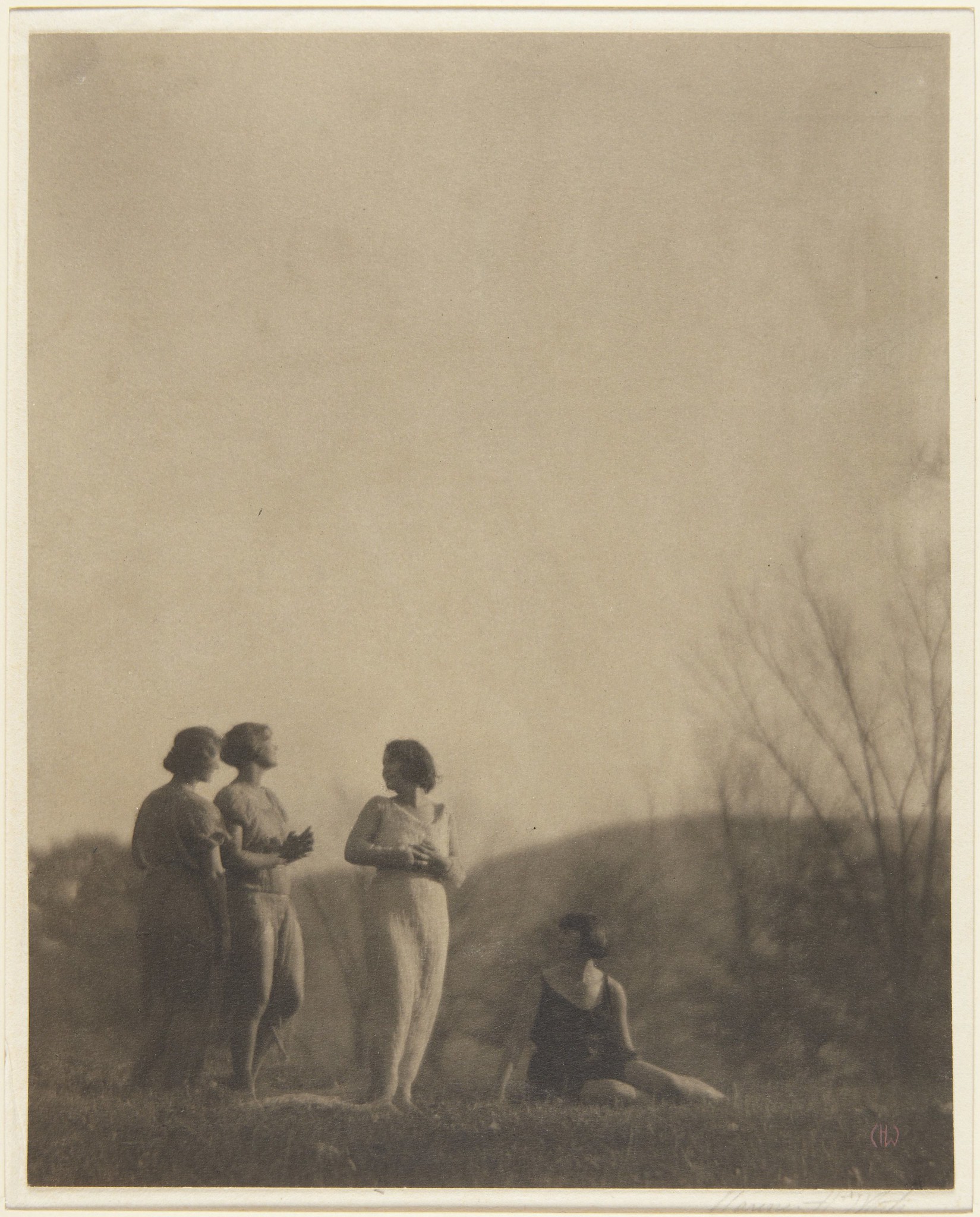


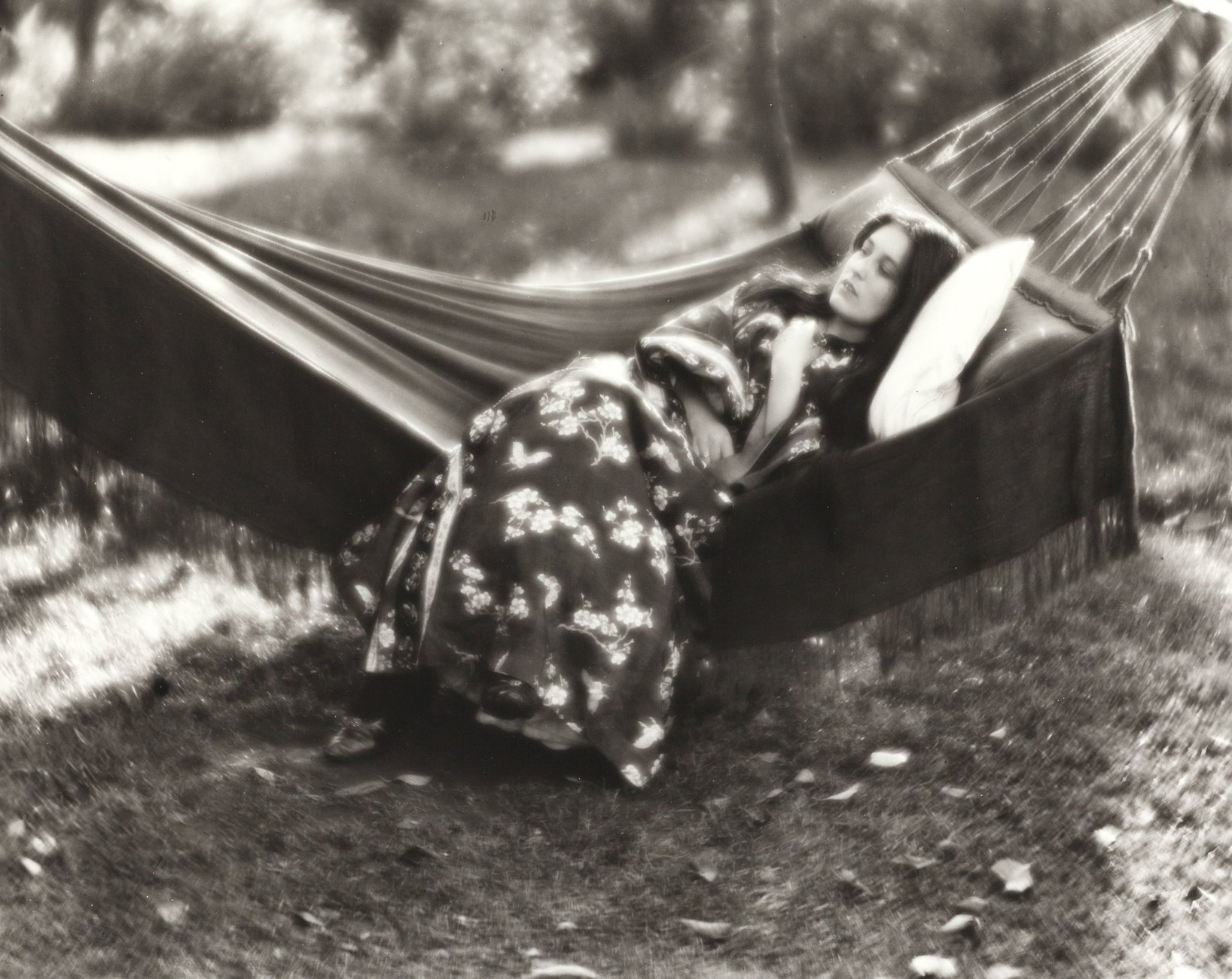




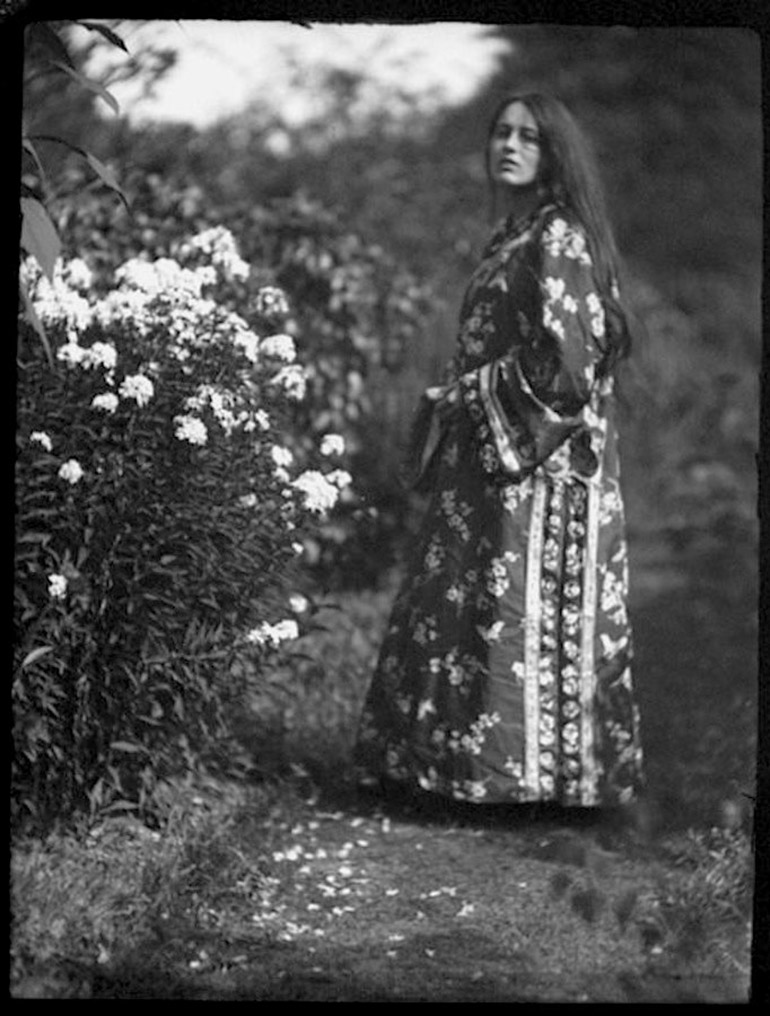
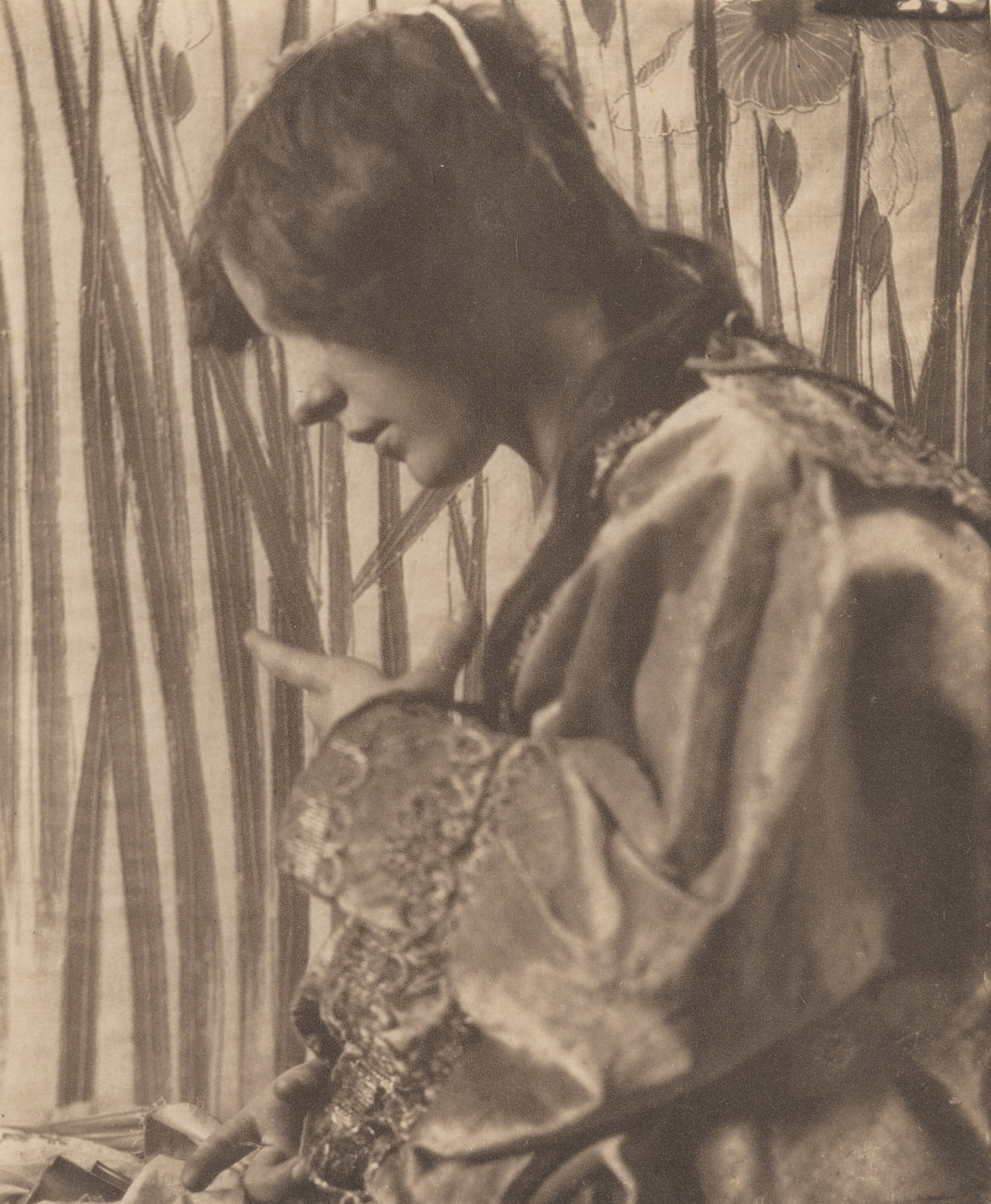
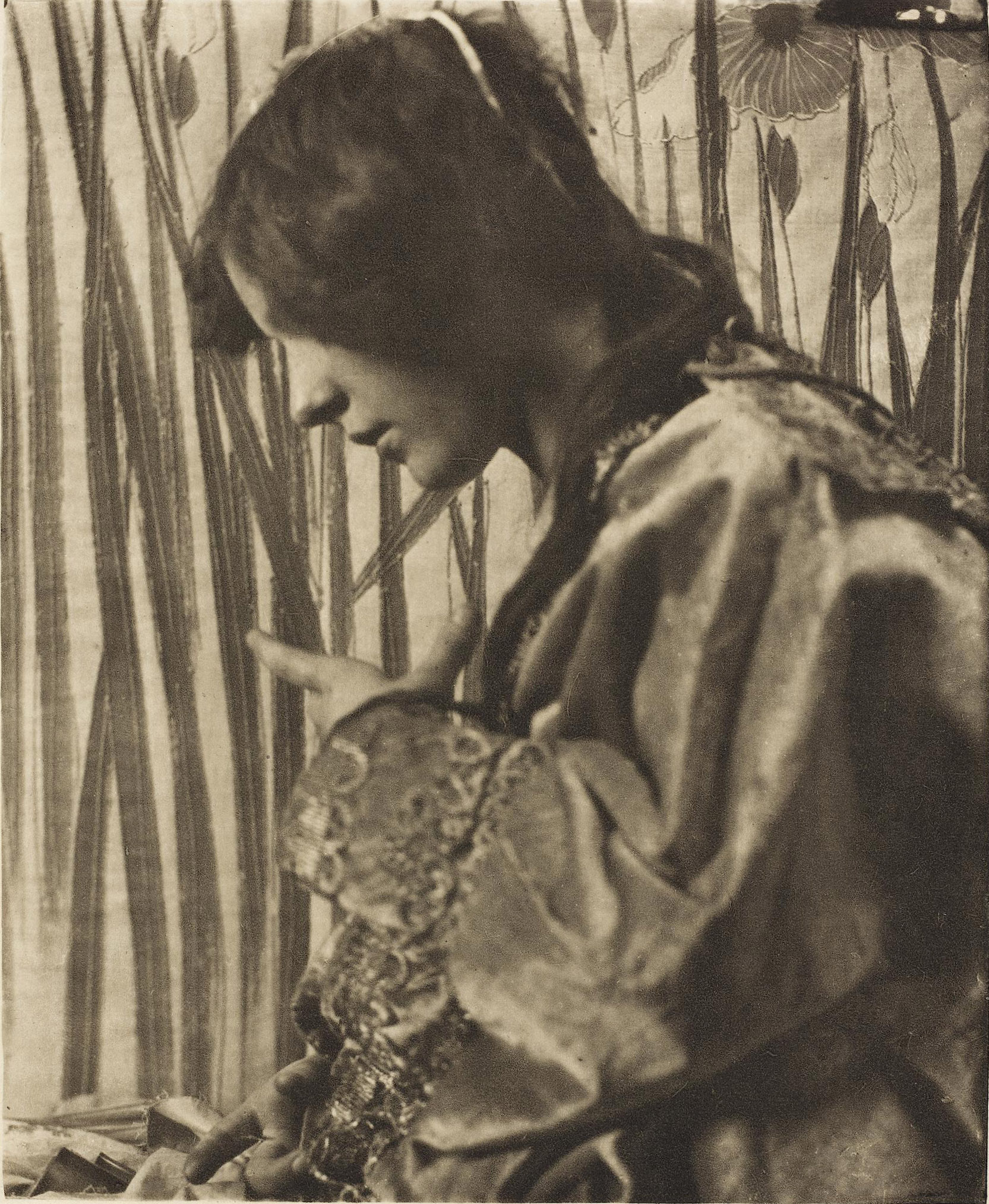
![camera_work1905_12_0087 [F. [Felix] Benedict Herzog, pl. II. Angela, photogravure](https://live.staticflickr.com/65535/52789073200_19514a3e09_o.jpg)
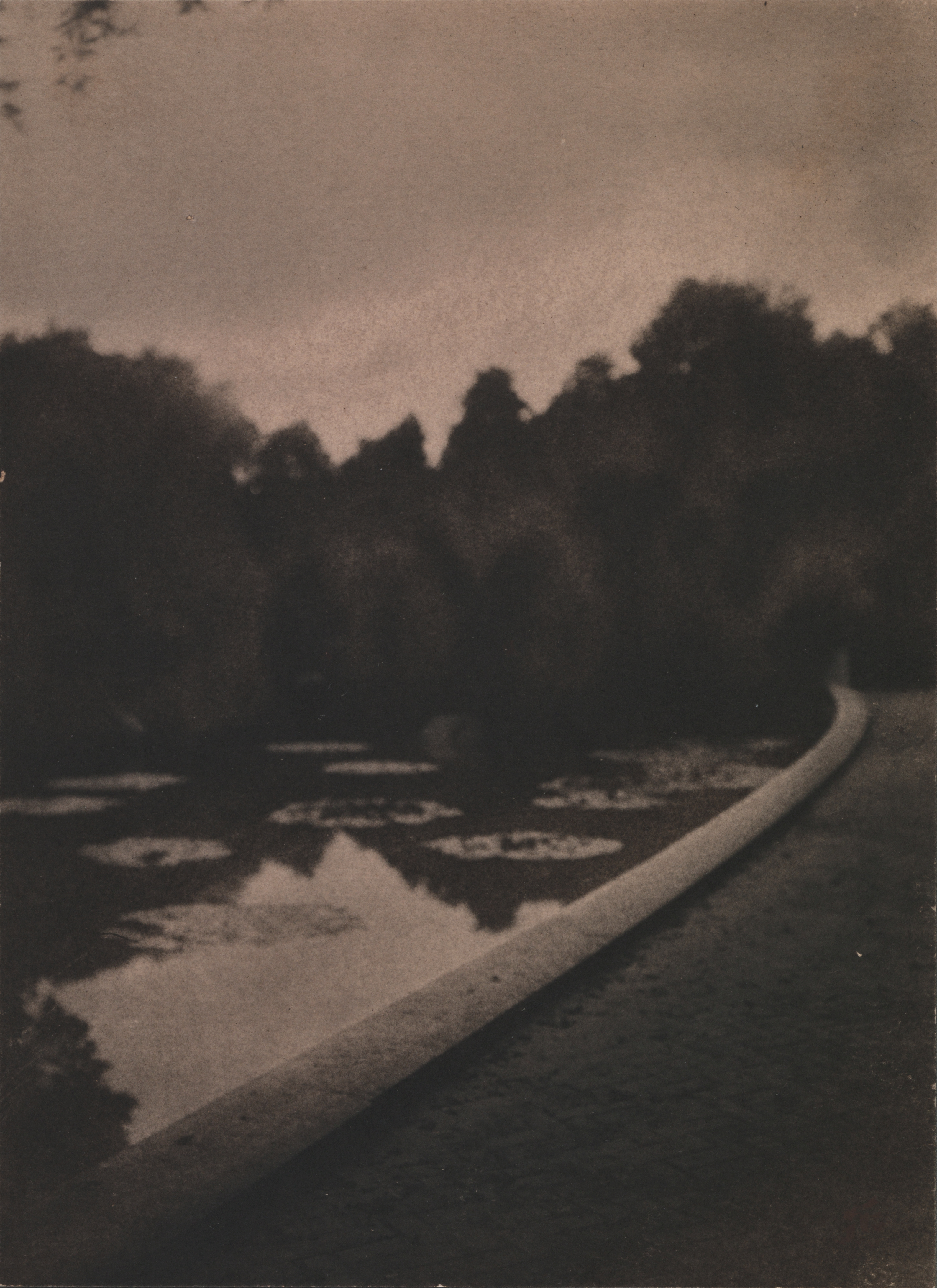

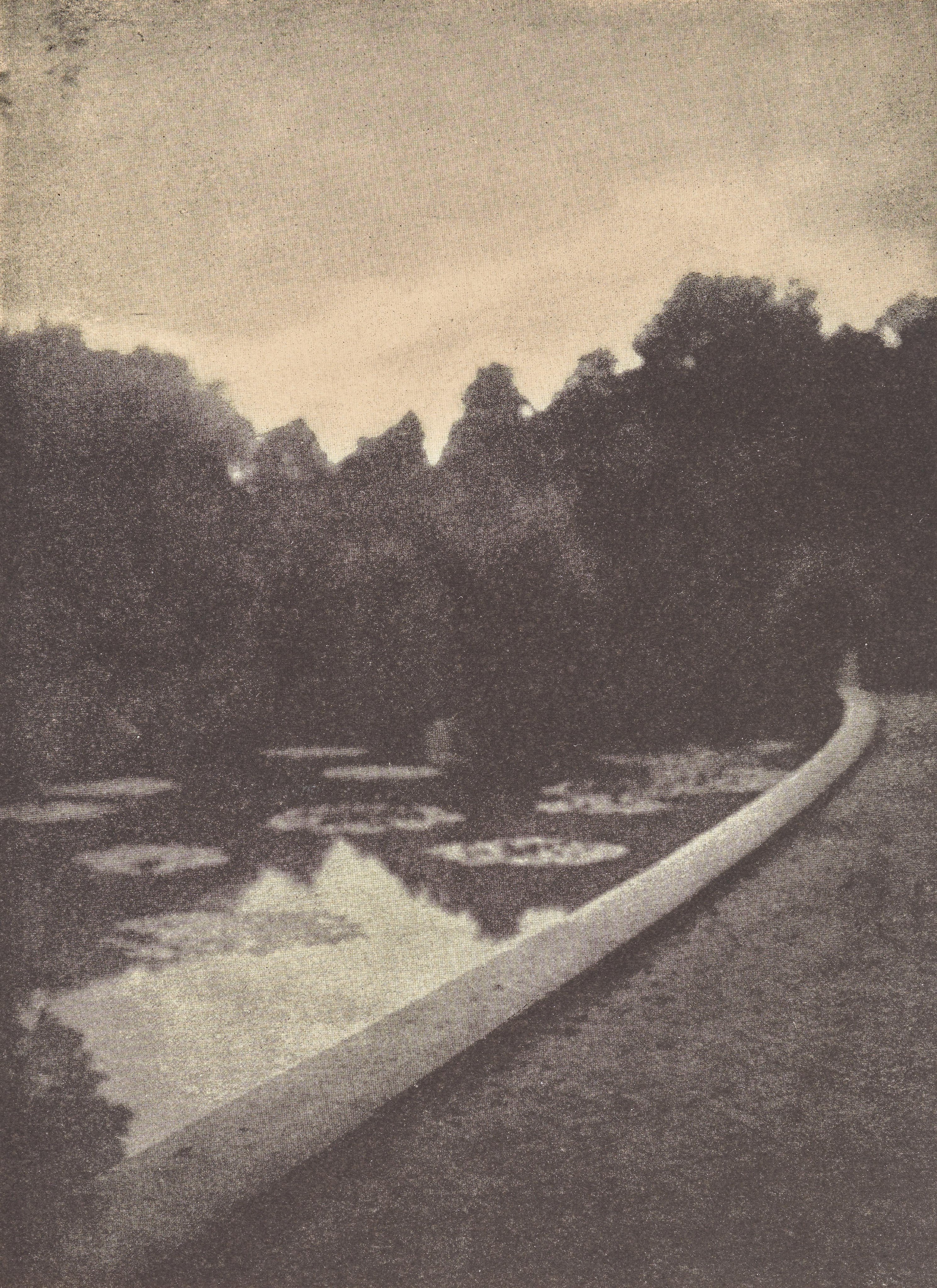
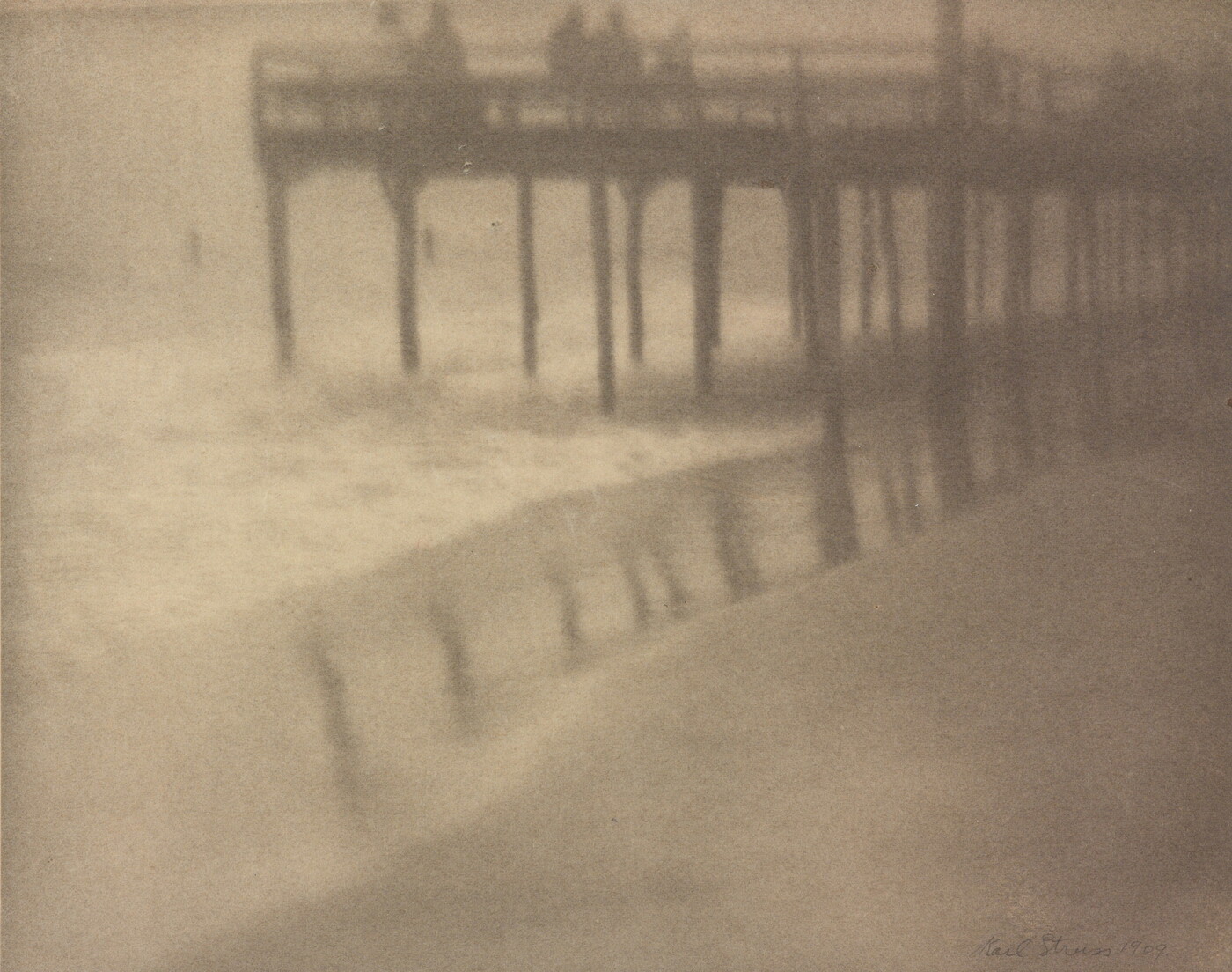
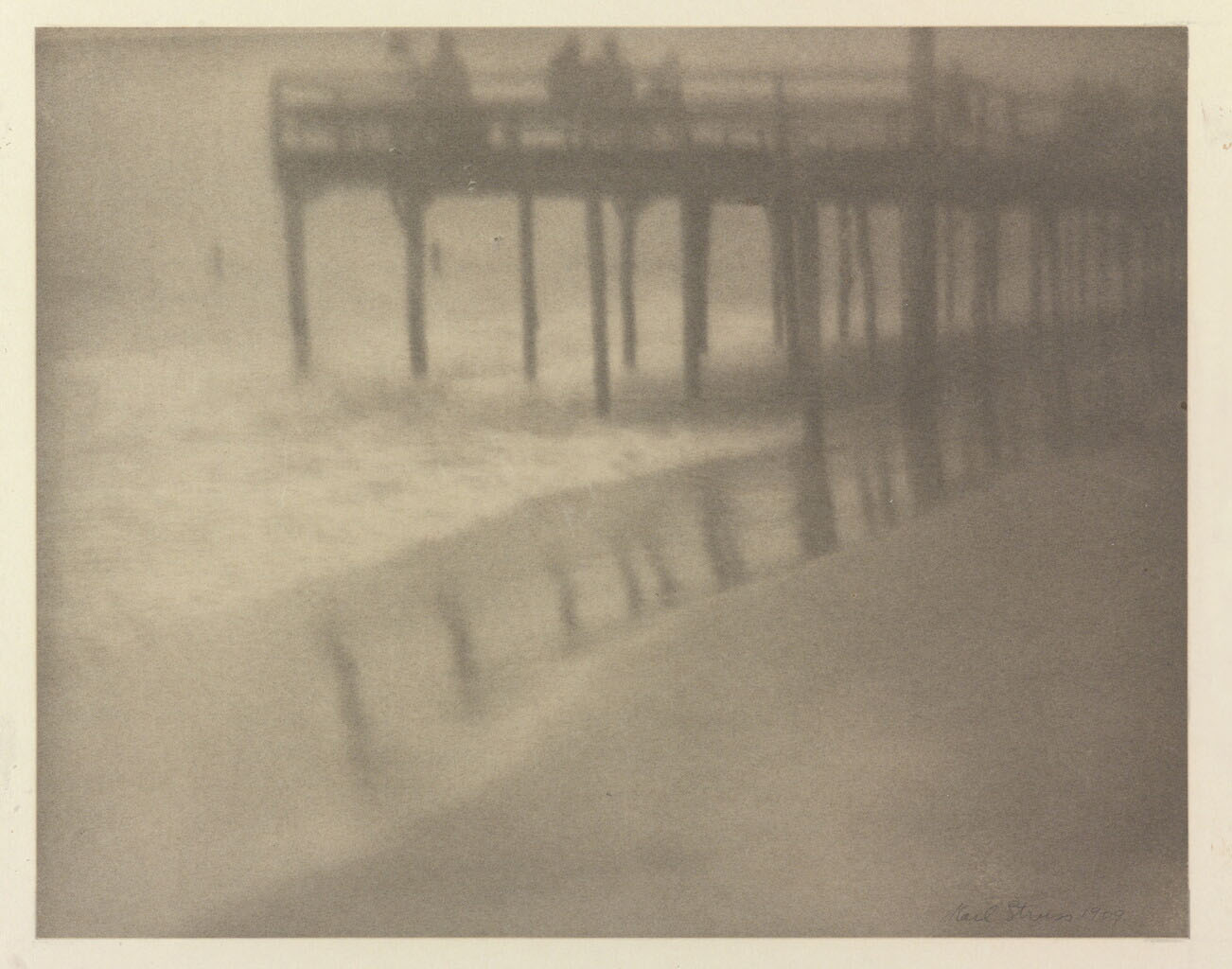
![Karl Struss (1886-1981) :: [Reflections and moonlight, Arverne, Long Island], 1910. Platinum print. | Amon Carter Museum of American Art](https://live.staticflickr.com/65535/52792067823_1d0aa38459_o.jpg)
![Karl Struss (1886-1981); [Reflections and moonlight, Arverne, Long Island]; 1910; Platinum print; Amon Carter Museum of American Art, Fort Worth, Texas; P1983.23.67](https://live.staticflickr.com/65535/52791856574_c055770b8d_o.jpg)
